December 17, 2018
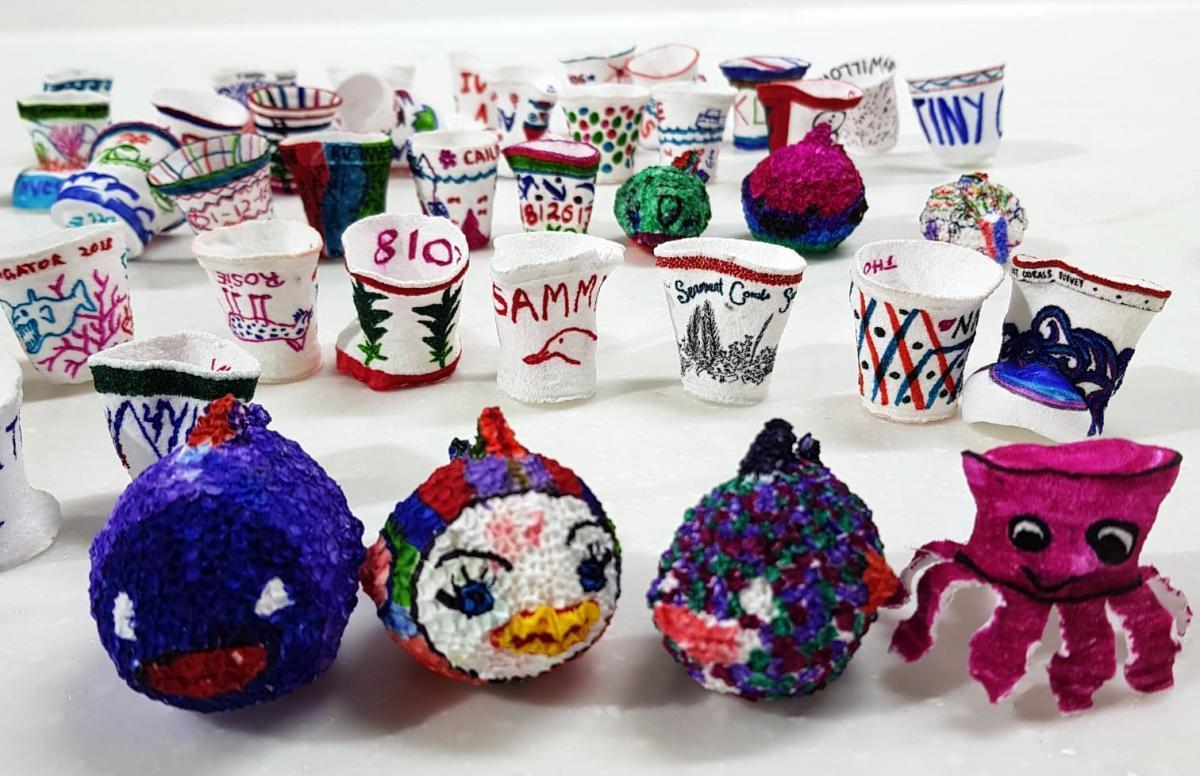
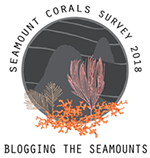 Day 25: Onboard airhead, Sir Boggles
Day 25: Onboard airhead, Sir Boggles
In the weeks leading up to the departure of the Seamount Corals Survey, there was a flurry of last minute activity and preparations – equipment calibrated, schedules confirmed, sea sickness pills ordered, the galley stocked and the cups painted . . . hang on what ??!
Cup painting aka Preparation of Styrofoam Objects is an integral part of preparing for one of the oldest traditions in deep-sea research – sending Styrofoam cups, mannequin heads and in this case, fish – on a journey to the inky depths. We say it’s all in the name of education, but it’s an activity bound to awake the inner child in even the most serious of scientists.
For this voyage, our preparations were ably assisted by two very special groups during their day-trips to the Woodbridge Marine Discovery Centre: a Grade 1/2 class from Princes Street Primary School and a Grade 4/5 class from Woodbridge Primary School. For these lucky students, the incredible seamounts of Huon and Tasman Fracture marine parks are literally in their backyard so we kicked things off with some seamount info, a little bit about the voyage and its purpose and then a quick vox-pop “What do you think will happen to these cups?”. Irrespective of age, there was a resounding consensus that the items were destined to explode into a million pieces . . . which led to some very serious cross examination around the issues of plastic pollution. Thankfully we were able to solemnly swear these treasures would be taking a dip safely enclosed in stockings.
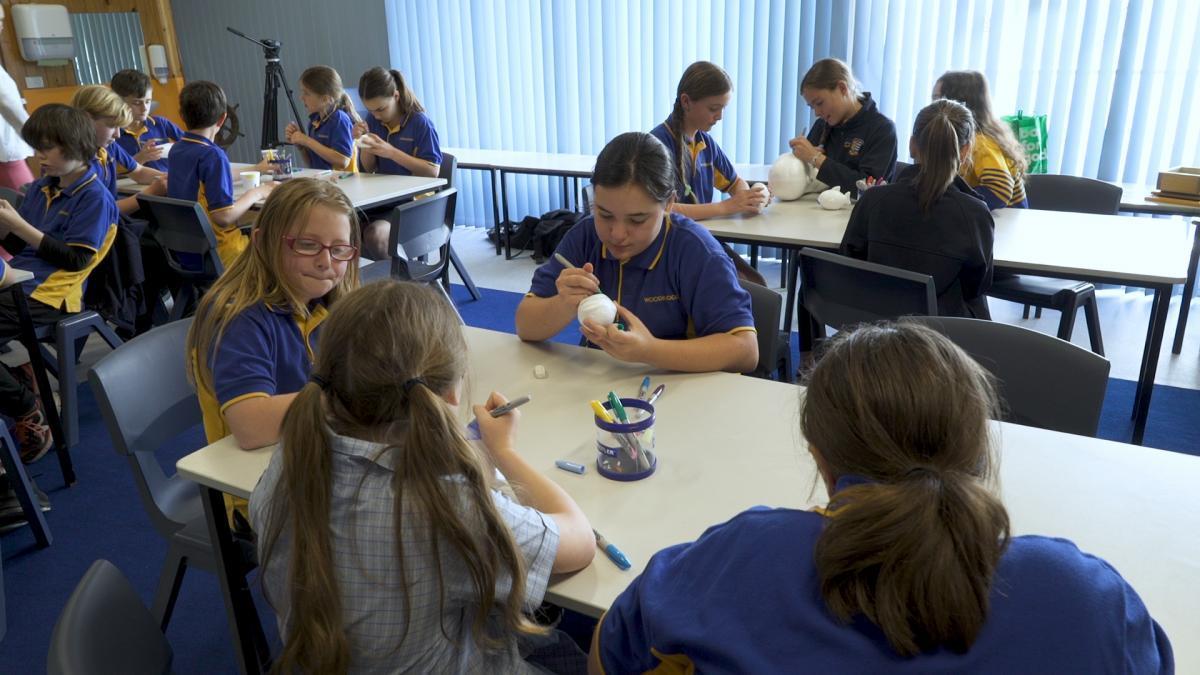
Reassured and heads buzzing with the incredible wonders of deep-sea corals and weird beasties, the serious work of decorating the cups and other objects could begin. Jellyfish were an early favourite but soon craggy seamounts, splendid pink branching corals and an assortment of sharp-toothed creatures started to take shape. Names added, and the job was done. The Woodbridge class also got the opportunity to decorate the voyage mascot, a mannequin head they named Sir Boggles.
Three weeks later I wasted no time getting up on the bridge: binoculars to the ready.
I proved myself to be an enthusiastic voyager, but five days later, Parks Australia marine park manager Cassie Layton found herself up at 2 am, stuffing paper towel inside each cup (to ensure they held their shape) and making stocking sausages. She was also heard trawling the passageways in search of the ship’s master ‘cup-shrinker’. Pretty sure neither were on the job description when she signed up to look after Australia’s offshore marine environment.
Typically these objects are sent to the depths attached to one of the pieces of scientific equipment. In this case, we all hitched a ride on the CTD probe: a high-tech instrument used to record conductivity, temperature and depth. What a special opportunity . . . experiencing life at 900 m depths. Several hours later, we all re-emerged – the cups were teeny tiny replicas on their former selves – sized just right for your next dolly’s tea party and definitely not exploded! But I came out of looking remarkably ship-shape and life-sized – my fortunes were on the rise.
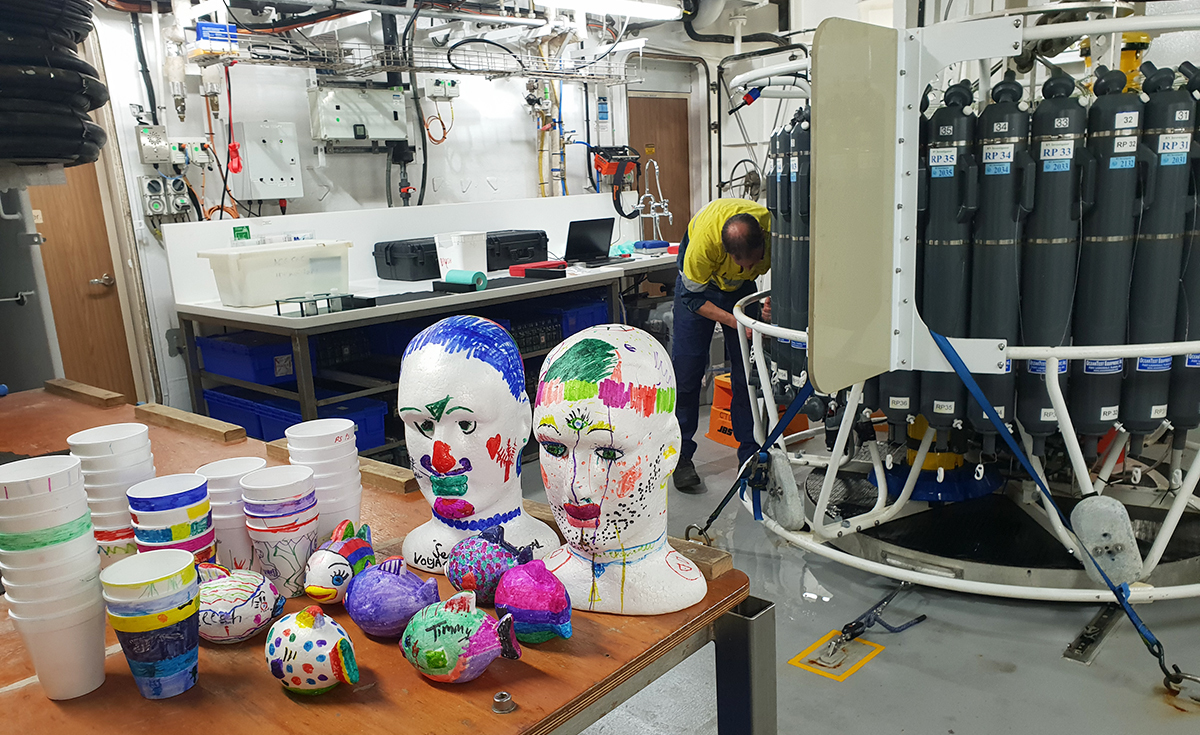
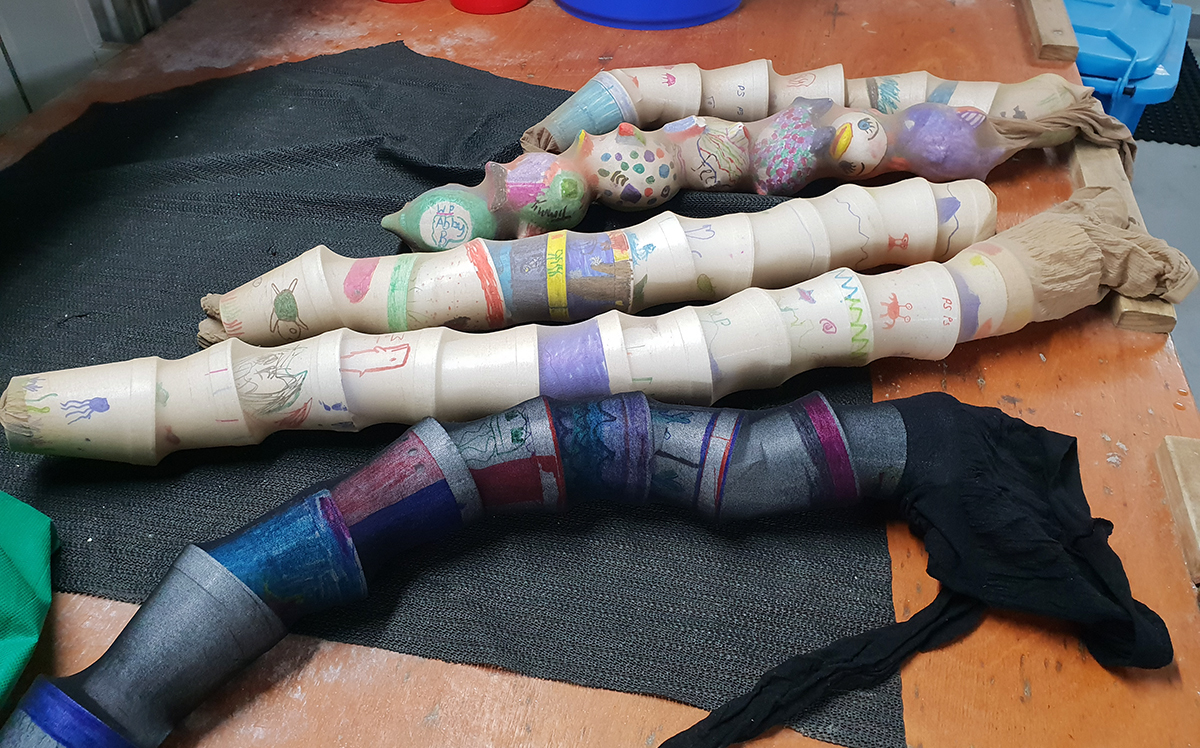
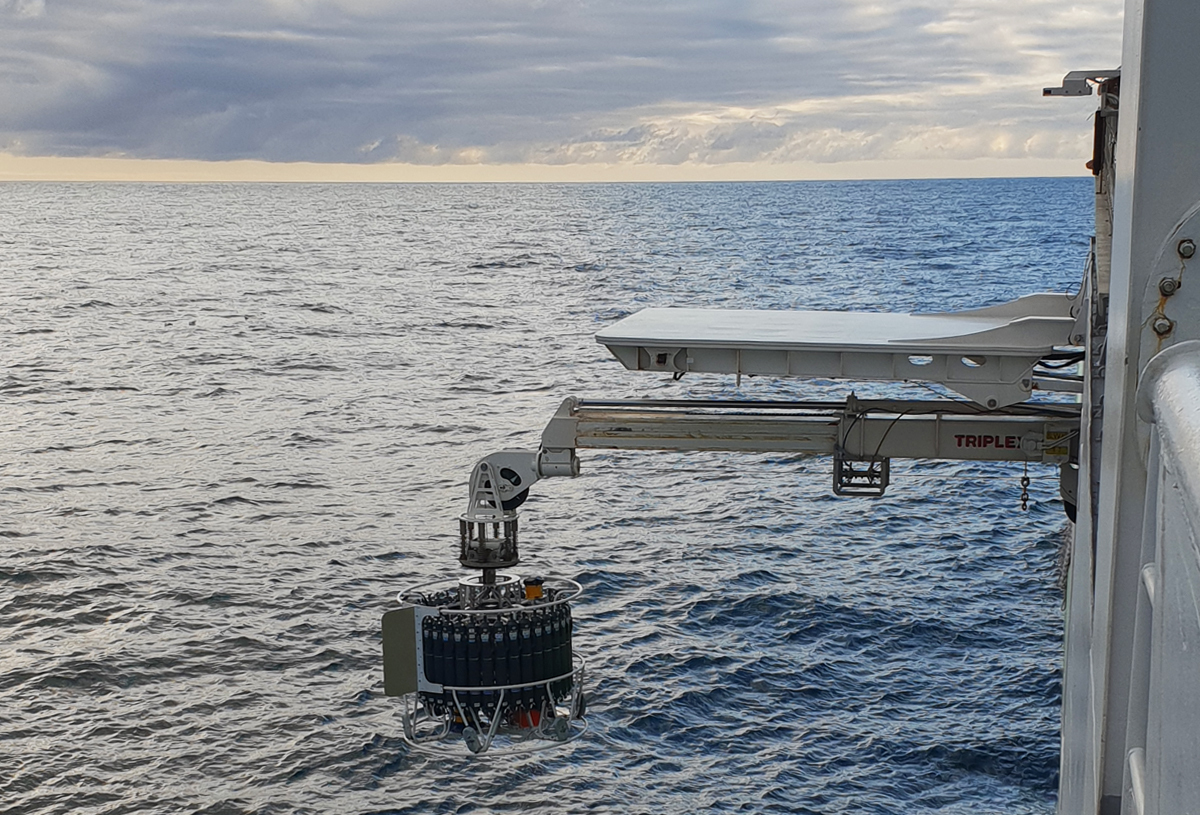
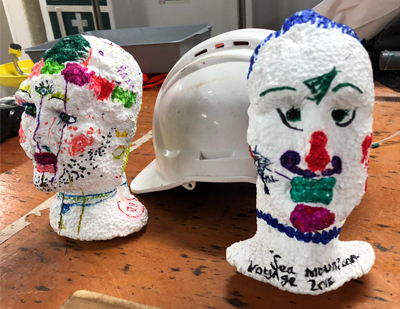
So what is actually happening to these cups on their descent and why didn’t the shrinking of me, Sir Boggles, go quite to plan? As objects descend down through the water column, the accumulated weight of that water increases and the pressure builds. As this pressure mounts, the air is slowly squeezed out of every ball. Because this pressure is uniform across the surface of the cup, fish or head, it doesn’t explode or crumble – but rather it shrinks evenly. You’ll notice, however, that the cups don’t all look the same and that’s because each polystyrene bubble is different – and hence shrink slightly differently. I simply didn’t reach a depth that was sufficient to shrink me properly: after this reprieve, I spent the rest of the voyage running amok and getting to know the team a little better . . . until today.
So how much pressure does the water exert at 900 metres? Well I asked Mark Green of CSIRO to explain in a bit more detail. Imagine a big balloon containing one cubic metre (1000 litres) of air. If that balloon was weighted and sunk to 10 metres, its volume would be halved to 500 litres. At 20 metres, it would be 333 litres, and at 30 metres 250 litres. By the time it reached 900 metres, it would be a mere 11 litres, the size of your average garden bucket. When James Cameron decided he wanted to explore the Marianas Trench (11,000-metre abyss), he put a lot of faith in the Tasmanian engineers who designed the sphere he sat inside. Had this ball imploded at depth, the air inside would have instantaneously been compressed to 1/1101 of its original volume, and James would have literally exploded!
The tradition of cup shrinking is light hearted and fun but has an incredibly powerful message – the extreme pressures in these deep-sea environment are just one of the many challenges scientists must overcome to survey them successfully. It's also an incredible visual reminder of one of the challenges marine species must overcome and adapt to in order to thrive in these conditions.
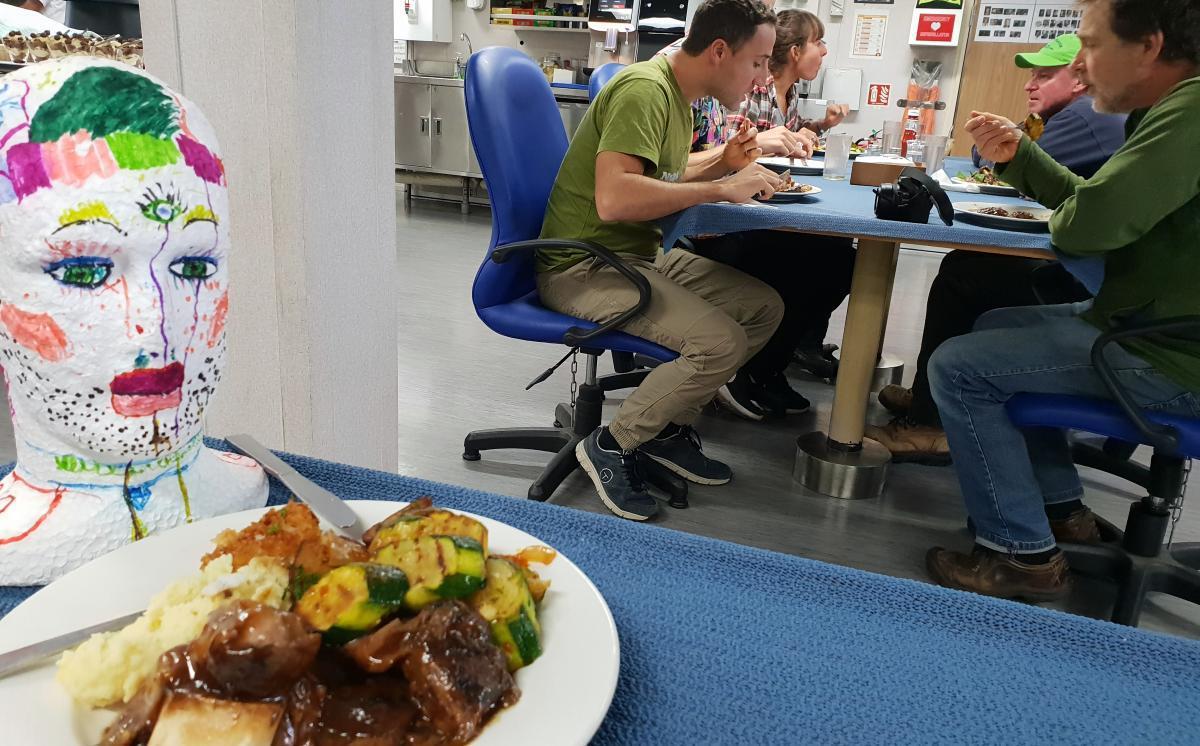
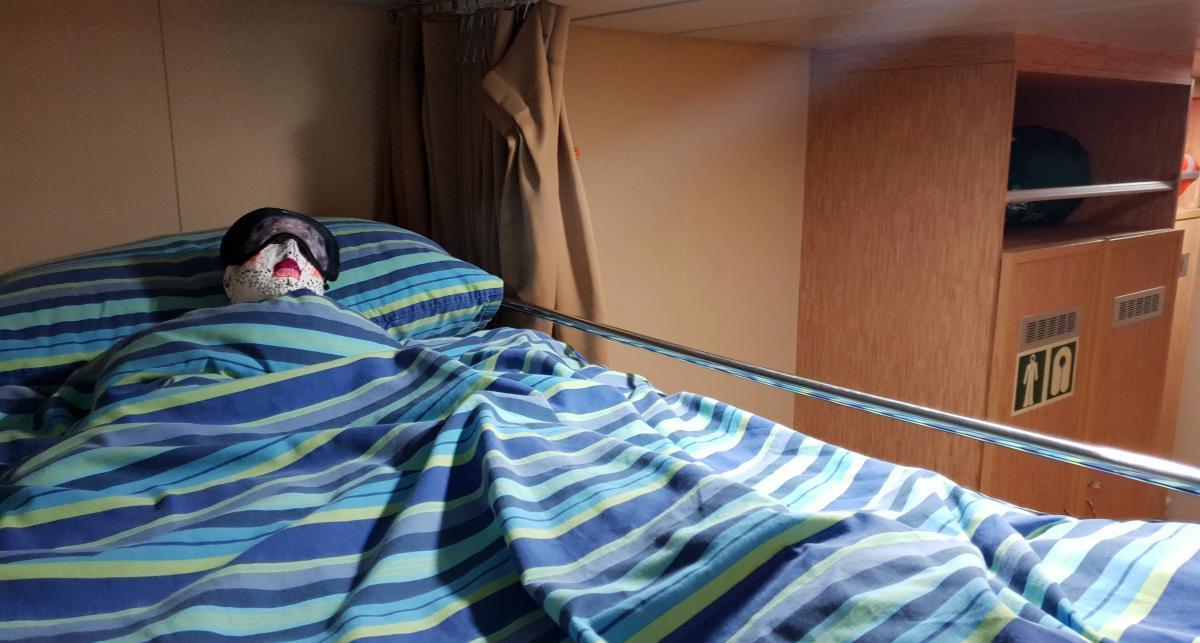
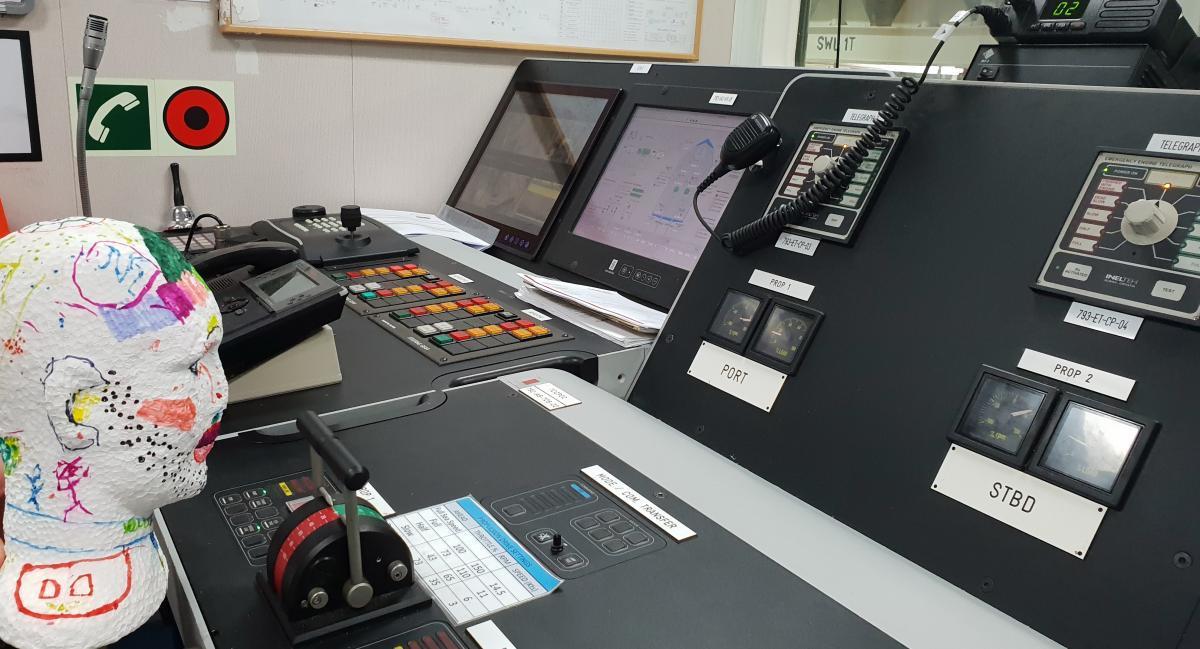
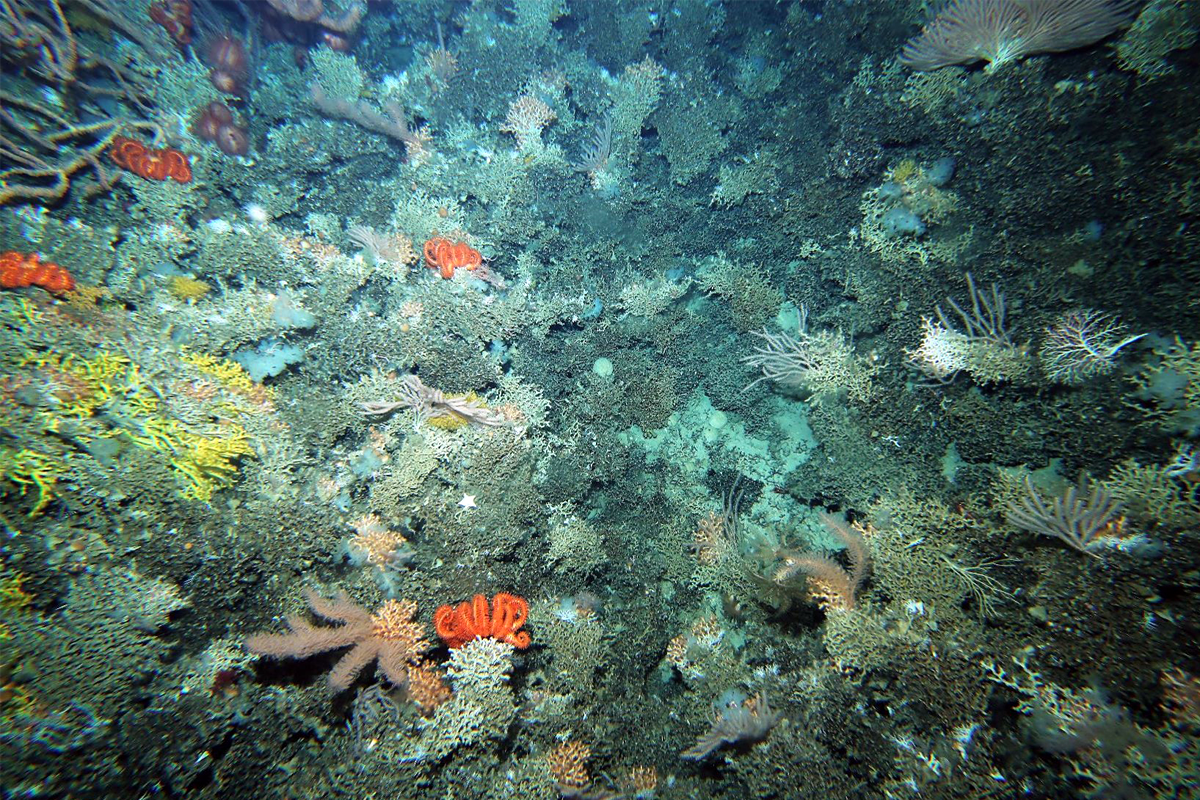
Notes on today's activities from Marine Biodiversity Hub Director, Nic Bax . . .
We remained at St Helens for this, our last full day of sampling. Early tomorrow we head south towards Hobart picking up some camera tows, perhaps a beam trawl and collecting the BRUVS on the way. The day started with a small but interesting catch from the short gulley on St Helens. The beam trawl encountered some rocks almost immediately and the trawl was retrieved with only a small catch, but including some corals that we had not seen on the southern seamounts.
The deep CTD (2000 m) carried the decorated styrofoam heads from a Grade 1/2 class from Princes Street Primary School and a 4/5 class from Woodbridge Primary School to see how they would handle the 200 atmospheres of pressure. This was followed by six towed camera transects, mostly on the main St Helens seamount, but one was on a small deeper hill (1156m) to the southeast of St Helens. In direct contrast to the shallower and well-fished seamount, this smaller hill had dense Solenosmilia reef on top, very much alive, with many of the associated animals we became used to seeing on the southern seamounts octocorals, bamboo corals, brisingid seastars, urchins, sponges, stalked crinoids and the occasional crab. This reef started to thin at about 1200m and the last clumps were seen around on local elevations to about 1360m, very similar to many of the southern hills. One difference with the southern seamounts was the co-occurrence of three stony corals: Solenosmilia, Enallopsimmia, and Madrepora. On the southern seamounts Enalopsammia generally occurred in the absence of Solenosmilia, and often at shallower depths. Despite evidence of lost fishing gear it was encouraging to see this rich coral community so close to major deepwater trawl fishery that has been operating for 30 years.
A beam trawl on flat bottom away from the hill at 1250 m brought back a large diverse catch that will require some sorting.
- Log in to post comments
